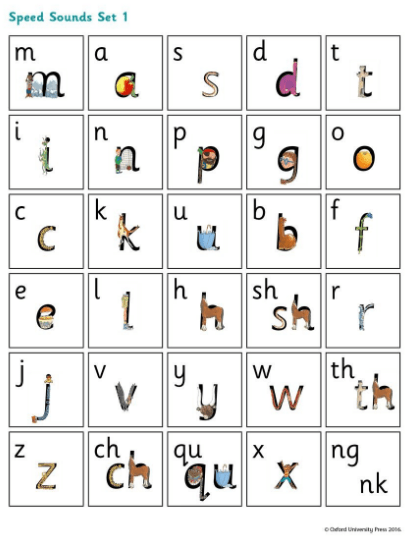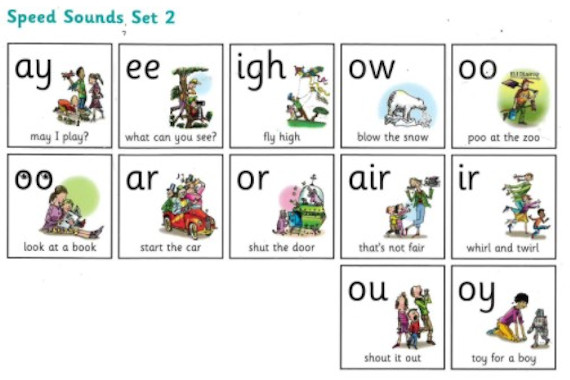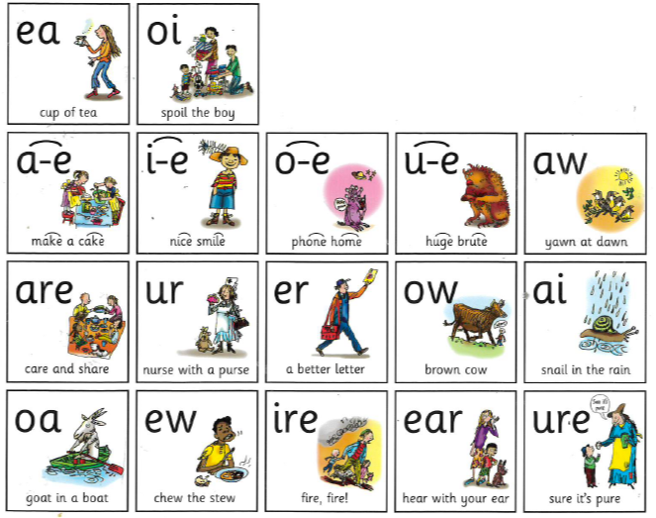Early Reading - Phonics Curriculum Overview



Intent
Phonics is a method for teaching reading and writing of the English language by developing learners' awareness of the letter sounds. At the William Hogarth School we want all our children to master the skills they need to become strong and successful readers. Our Phonics curriculum is inclusive and challenging and develops children’s knowledge of phonics, as well as a life-long love of reading. As a result, our children are given the best opportunity to achieve expected progress, or more, in reading.
Children will:
-
Develop awareness of the letter sounds, learn to form letters correctly, spell words correctly and formulate their ideas step-by-step.
-
Develop a love for reading and incorporate reading into the daily routine.
-
Learn the graphemes that represent the 44 speech sounds.
-
Form letters correctly, spell correctly and compose their ideas into sentences.
‘Almost all children who receive good teaching of phonics, will learn the skills they need to tackle new words. They can then go on to read any kind of text fluently and confidently, and to read for enjoyment’. English Program of Study: Key stages 1 and 2
Implementation
We teach phonics systematically, which teaches children to recognise graphemes and their corresponding phonemes. Research shows that when phonics is taught in a structured way – starting with the easiest sounds and progressing through to the most complex – it is the most effective way of teaching young children to read.
Across EYFS and Year 1, children have daily phonics lessons. Within these lessons, children revise previously learnt sounds, learn a new sound and read and write words with the new sound in them. We do this through a range of activities to engage the children and ensure they enjoy their learning, making it a memorable experience.
At The William Hogarth we follow the DfE validated phonics scheme Read Write Inc., which enables children to read accurately and fluently with good comprehension. This scheme is used by more than a quarter of the UK's primary schools and is designed to create fluent readers, confident speakers and willing writers.
Parents’ guide to Read Write Inc. Phonics:
Click here for a parent guide to Read Write Inc. Phonics.
Parent video: What is Read Write Inc Phonics?
If you would like to find out more about phonics, please click here for the DfE’s documents on effective phonics teaching strategies.
Impact
Children read together as they take turns to read a sentence and point to individual words. Children are encouraged to sound out words if they are unsure.

Children use magnetic letters to enforce their phonic knowledge by building words.


Each classroom has a designated phonics learning area. Sound charts are displayed for children and a pocket chart is displayed containing words and pictures specific to the storybook.


Children apply their phonic knowledge to write their own sentences.